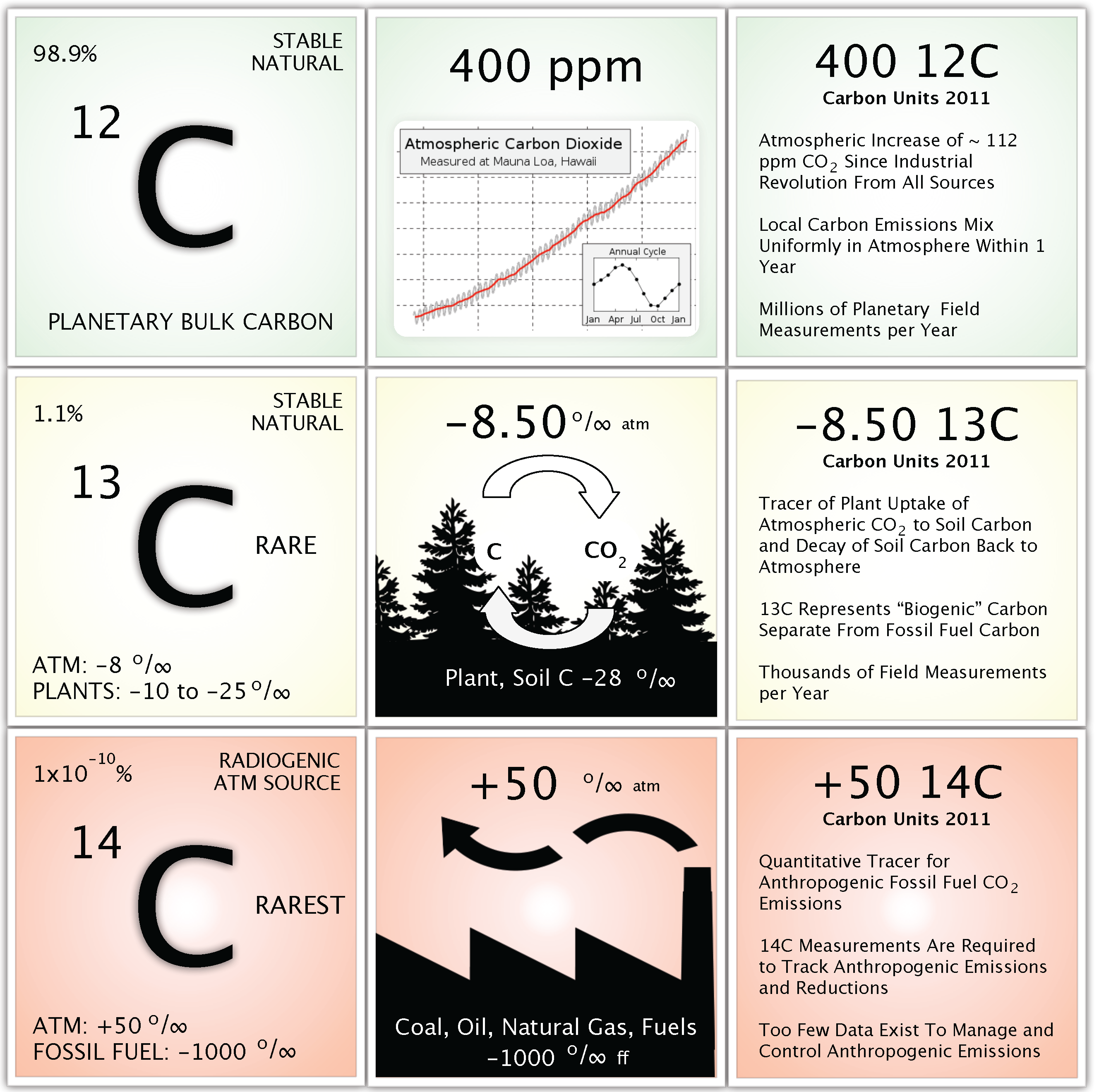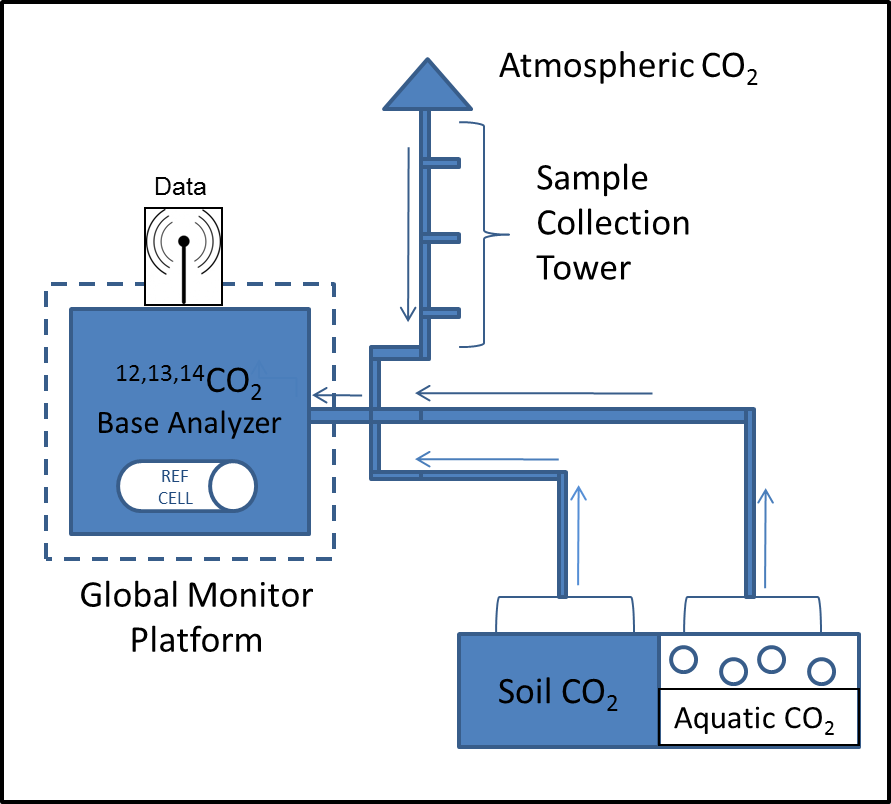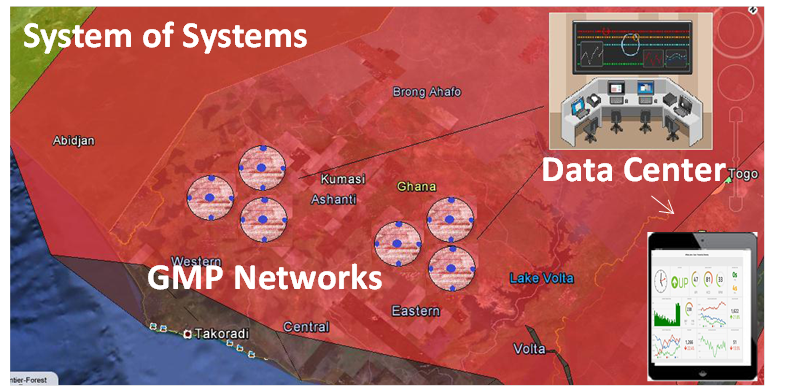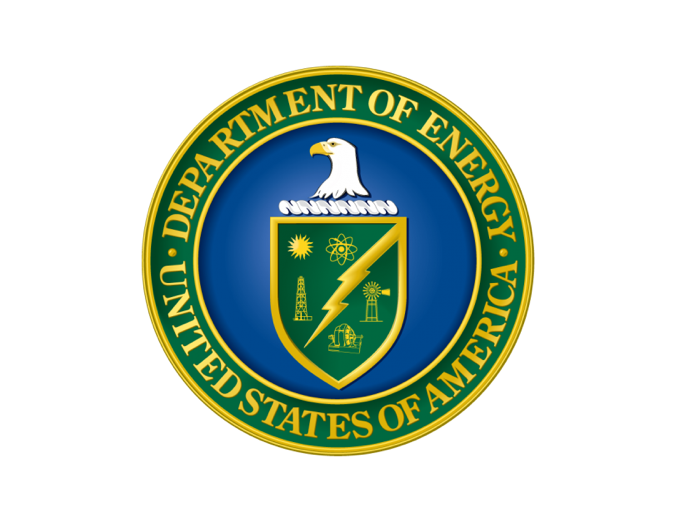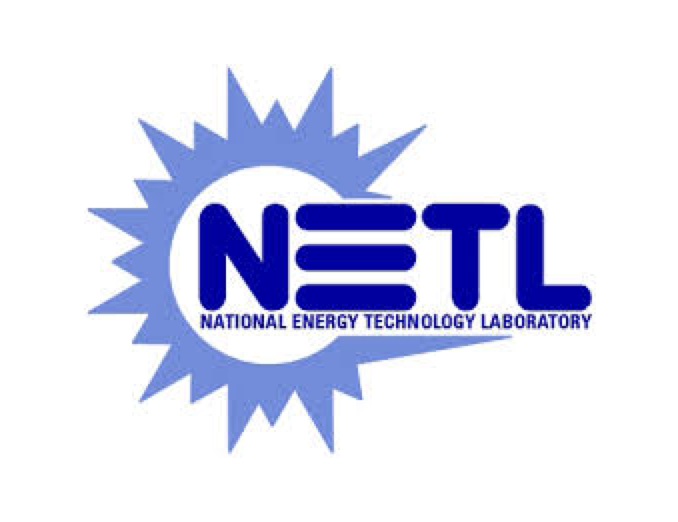iRIS-III SPECIFICATIONS
Updated Specifications are Pending
RELATED PEM DOCUMENTATION
![]()
Got gas? Scientist finds both problem and solution in Horseshoe Lake greenhouse gas
While the ghostly white trees hovering around stark Horseshoe Lake may unnerve some people, a Massachusetts scientist found the greenhouse gas that strangled them could actually lead to a solution to climate change problems.
Working under a four-year, $2.3 million grant from the Department of Energy, Dr. Bruno Marino came to Mammoth last week, hoping to refine a high-tech laser he believes will some day soon be absolutely critical in the fight against climate change.
That’s because the same gas that is creating a warmer planet, carbon dioxide, has a very unusual quality when it comes from magmatic sources (like at Horseshoe) which gives scientists the perfect laboratory in trying to find solutions to climate change.
Eddy covariance imaging of diffuse volcanic CO2 emissions at Mammoth Mountain, CA, USA
Use of eddy covariance (EC) techniques to map the spatial distribution of diffuse volcanic CO2 fluxes and quantify CO2 emission rate was tested at the Horseshoe Lake tree-kill area on Mammoth Mountain, California, USA. EC measurements of CO2 flux were made during September–October 2010 and ranged from 85 to 1,766 g m−2 day−1. Comparative maps of soil CO2 flux were simulated and CO2 emission rates estimated from three accumulation chamber (AC) CO2 flux surveys. Least-squares inversion of measured eddy covariance CO2 fluxes and corresponding modeled source weight functions recovered 58–77% of the CO2 emission rates estimated based on simulated AC soil CO2 fluxes. Spatial distributions of modeled surface CO2 fluxes based on EC and AC observations showed moderate to good correspondence (R2 = 0.36 to 0.70). Results provide a framework for automated monitoring of volcanic CO2 emissions over relatively large areas.
Geologic CO2 input into groundwater and the atmosphere, Soda Springs, ID, USA
A set of CO2 flux, geochemical, and hydrologic measurement techniques was used to characterize the source of and quantify gaseous and dissolved CO2 discharges from the area of Soda Springs, southeastern Idaho. An eddy covariance system was deployed for ~ one month near a bubbling spring and measured net CO2 fluxes from − 74 to 1147 g m− 2 d− 1. An inversion of measured eddy covariance CO2 fluxes and corresponding modeled source weight functions mapped the surface CO2 flux distribution within and quantified CO2 emission rate (24.9 t d− 1) from a 0.05 km2 area surrounding the spring. Soil CO2 fluxes (< 1 to 52,178 g m− 2 d− 1) were measured within a 0.05 km2 area of diffuse degassing using the accumulation chamber method. The estimated CO2 emission rate from this area was 49 t d− 1. A carbon mass balance approach was used to estimate dissolved CO2 discharges from contributing sources at nine springs and the Soda Springs geyser. Total dissolved inorganic carbon (as CO2) discharge for all sampled groundwater features was 57.1 t d− 1. Of this quantity, approximately 3% was derived from biogenic carbon dissolved in infiltrating groundwater, 35% was derived from carbonate mineral dissolution within the aquifer(s), and 62% was derived from deep source(s). Isotopic compositions of helium (1.74–2.37 Ra) and deeply derived carbon (δ13C ≈ 3‰) suggested contribution of volatiles from mantle and carbonate sources. Assuming that the deeply derived CO2 discharge estimated for sampled groundwater features (~ 35 t d− 1) is representative of springs throughout the study area, the total rate of deeply derived CO2 input into the groundwater system within this area could be ~ 350 t d− 1, similar to CO2 emission rates from a number of quiescent volcanoes.
PEM TECHNOLOGY
14CO2 PORTABLE ANALYZER
Planetary Emissions Management Inc. is pursuing new and emerging technologies, such as the iRIS-III, for high precision determination of 14CO2 in a portable analyzer. High frequency and high precision data for 14CO2 are required to track, analyze, manage and monetize fossil fuel derived CO2 in the biosphere. Humanities perturbation to the climate system cannot be fully understood, managed or monetized without increased data for 14CO2. New 14CO2 data for diverse soil ecosystems are likely to yield a better understanding of their response to changing climate.
GLOBAL MONITOR PLATFORM
The Global Monitor Platform (GMP) is a multi-isotopic integrated field measurement platform. The GMP components may include commercial 12C and 13C analyzers for CO2 and experimental field analyzer modules for 14CO2 such as the iRIS-III now under development. GMP can be configured to include CH4, N2O and their isotopic species available from commercial vendors. The GMP enables direct measurement of GHG’s across diverse project types, small and large. When coupled with well developed field methods to determine GHG fluxes, PEM provides commercially available comprehensive data for GHG budgets and verification of fossil-fuel emission reduction reporting. The GMP can be deployed to detect fraud in fossil-fuel emission reduction claims.
SYSTEM OF SYSTEMS NETWORK
The System of Systems (SoS) network consists of GMP sensor nodes (e.g., 12,13,14CO2 analyzers including the iRIS-III) across the geographical boundaries of a project site. The SoS is designed to monitor net carbon flux at local-to-regional scales, produce automated reports, respond to remote commands and result in verified data for carbon financial instruments. Carbon standards and third party verification are employed at multiple scales to ensure harmonization of data and carbon financial instruments across analyzers in one or multiple networks.
